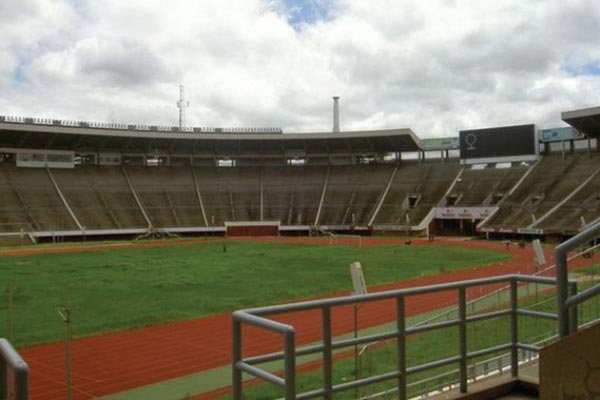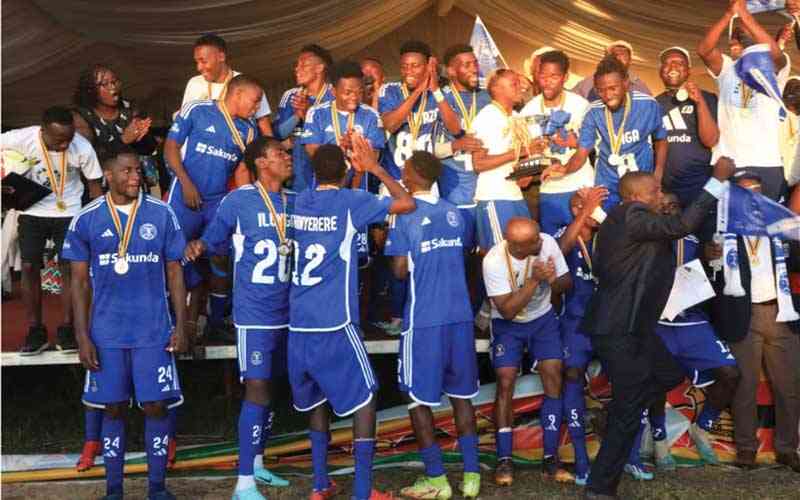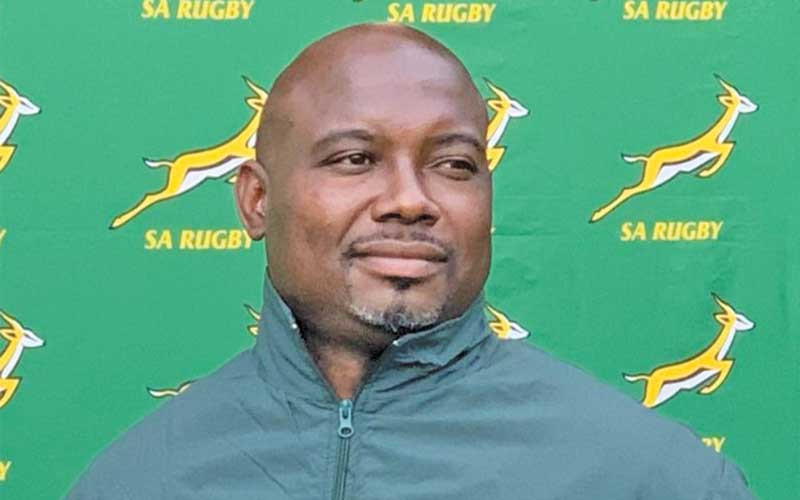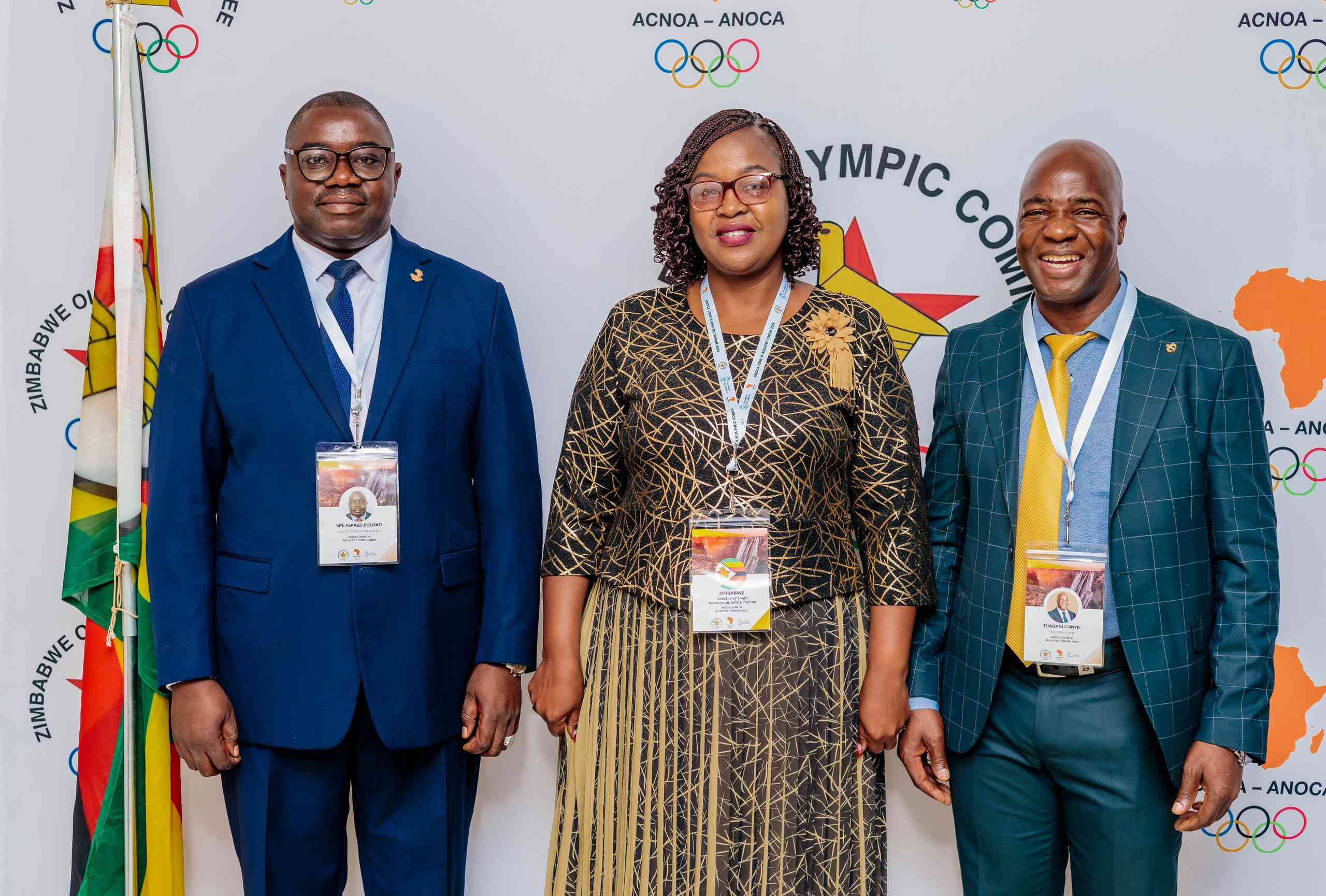
by KEVIN MAPASURE
AT the Levy Mwanawasa Stadium in Ndola, Zambia, you use an elevator to access the VVIP enclosure and the Press boxes from the ground flow.
The 49 000-seater facility built by the Chinese and opened in 2012 is a magnificent piece of architecture that got the residents of Ndola bragging and would leave Zimbabweans envious.
Lusaka is home to another giant multi-purpose sports facility which the authorities named National Heroes Stadium in honour of their national football team that perished in a plane crash in 1993.
With these facilities, Zambia has been touted as a potential host for the Africa Cup of Nations, but of course they will need more stadia of such standards if they are to win any bid.
Zambia bid for the 2019 Africa Cup of Nations but the hosting rights were awarded to Cameroon, who later lost their rights after they fell behind schedule in preparations.
Egypt hosted this year’s edition while Cameroon will host the next edition.
After losing the 2019 bid, Zambia were given the Under-20 version as a consolation and having successfully hosted that. President Edgar Lungu stated that they would go for the big one once again.
- Chamisa under fire over US$120K donation
- Mavhunga puts DeMbare into Chibuku quarterfinals
- Pension funds bet on Cabora Bassa oilfields
- Councils defy govt fire tender directive
Keep Reading
Zambia are vying to host the 2025 edition of the Africa Cup of Nations.
Zambia’s example paints the picture of how Zimbabwe has fallen behind other African countries in terms of sports facilities, particularly football stadia.
Since the National Sports Stadium was constructed with the aid of the Chinese, opening its doors in 1987, there has not been any other stadium worth mentioning that has been put up in the country.
Mimosa Mine improved Mandava Stadium while the Baobab Stadium in Mhondoro Ngezi got a facelift after Ngezi Platinum Stars won promotion to the Premier Soccer League and that’s about it. Even after gobbling millions of dollars in refurbishments, Mandava Stadium has failed one Caf examination after another.
Harare City Council’s Rufaro Stadium, which is the second largest stadium in Zimbabwe, was closed after the end of the 2016 PSL season to allow for renovations that included the removal of the artificial turf to replace it with a grass surface as well as the refurbishment of changing rooms.
But when it was re-opened, very little had improved in the facility.
The changing rooms had barely been touched, with not even a coat of paint.
The council had promised bucket seats but only the VIP enclosure had been decorated with the more comfortable plastic seats.
Everywhere else in the stadium, it’s still concrete seating despite further pledges by the Harare City Council to improve the seating areas.
Rufaro’s problems are not confined to the seating area as even the grass itself often looks thirsty and teams have been complaining.
This has seen Caf banning both Rufaro and the National Sports Stadium until improvements are made on the playing surface, changing rooms that were described as substandard, media and medical rooms.
Only Barbourfields Stadium has been certified fit to host international matches with the threat of Zimbabwe’s national teams playing their home matches outside the country looming large, because the Bulawayo stadium has its own limitations.
The Harare City Council has got an ambitious plan to construct a 45 000-seater High Glen Stadium, whose design and drawing of the plan had been a promise for this year.
But the same council has been struggling with Rufaro Stadium while, Gwanzura Stadium, the third biggest in Harare has been closed for the last three years which has made it barely believable that the same council has the capacity to put up a 45 000-seater facility.
The same council is failing to construct toilets at Gwanzura Stadium.
The local authority is also struggling to provide basics such as clean water and refuse collection, making it the more unbelievable that it can fund the construction of a stadium that would cost no less than US$40 million.
Council’s housing director, Addmore Nhekairo said the local authority was still waiting for Caf’s inspection report on Rufaro Stadium, but bemoaned economic challenges which he said were derailing their programmes.
He said while they were on course in plans to erect a new stadium, refurbishments at Rufaro Stadium and Gwanzura had been stalled by budgetary constraints.
“We had planned on improving the playing surface at Rufaro but the main challenge has been water supply. We wanted to drill an additional borehole so that we can improve water supply and the other issue is the unevenness of the surface and we need to address that,” he said. “We had budgeted for these improvements but a lot changed over the course of the year. We know we need to revamp the changing rooms as well but we have not been able to realise our intentions due to economic challenges.”
He said the planning for High Glen Stadium had progressed smoothly and preliminary designs were already in place.
“On the High Glen Stadium we are spot on. The preliminary designs have been done and the proposals have go to the relevant committees. We have to sit down with the users of the facilities like Zifa and PSL to get their input on what they want to see at the stadium.”
With the government struggling with essentials such as paying doctors, equipping hospitals and the maintenance of roads among a plethora of challenges, its unthinkable that establishment of stadia will get onto their priority list.
After decades of bragging about having good stadia in the country, Zimbabwe faces the embarrassment of failing to host its own teams.
When the National Sports Stadium was put up three decades ago, it was a marvel at that time, but other African nations have since moved on to erect modern facilities.
Never mind South Africa who boast world class stadia all over their country, even Botswana have since overtaken Zimbabwe in terms of modern sports facilities.
The Botswana National Stadium had a facelift that saw the installation of bucket seats, improvements of changing rooms and a host of changes.
It’s now refreshed and modernised.
In Zimbabwe, corruption has hampered the development of sporting facilities over the years.
An audit report for the 2015 Region V Youth Games by Deloitte revealed that service providers were paid handsomely even after providing shoddy jobs.
Some companies were contracted to install heating in swimming pools, they took the money and never did the job they were paid for.
It was reported that the athletics track installed by one company needed to be ripped off as it is substandard.
The government has watched over the years as stadia and other sporting facilities degenerated into eye sores.
At the start of the Premier Soccer League this season, the league management struggled with fixtures after a host of stadia failed to pass local tests.











